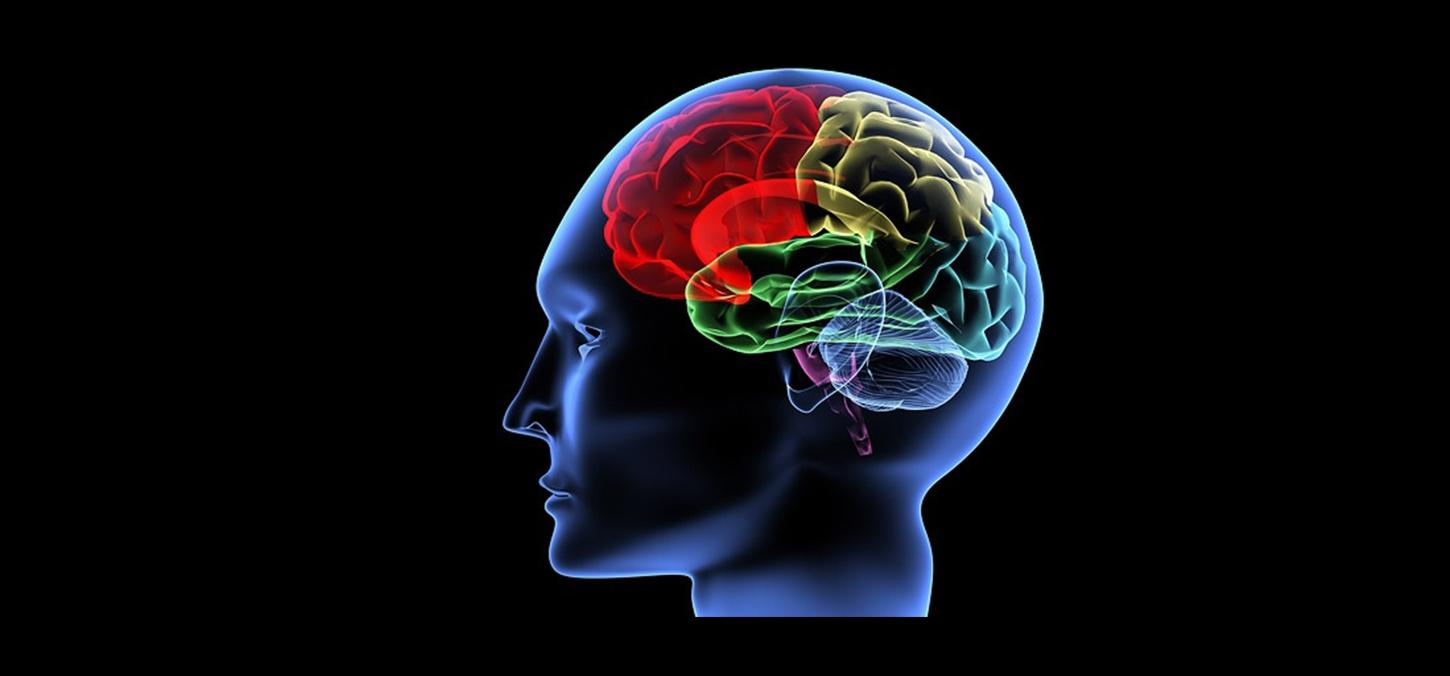
Chronic migraine sufferers experience pain differently: study
Chronic migraine sufferers - those who have migraines more than 15 days per month - already know they experience acute pain differently than others. This month, a new study released in Frontiers in Human Neurosciencebacks them up.
The study suggests that patients with chronic migraines experience acute pain differently than non-migraine sufferers, and that these painful episodes cause progressive changes to the structure and function of brain regions associated with pain processing, subsequently increasing the severity of migraine pain experienced by chronic sufferers.
A collaborative study involving researchers from the University of Toronto’s Faculty of Dentistry, the University of Maryland’s School of Dentistry, the Department of Medicine at John Hopkins University and the Department of Psychology at Texas A&M University tracked chronic migraine sufferers and healthy individuals through the application of noxious stimuli (experimental heat stimuli on the arm) during brain scans.
The team stumbled upon an intriguing finding: in the brains of chronic migraine sufferers, abnormally higher levels of brain activity were observed in areas associated with pain processing.
“The severity of the migraine correlates to the abnormal function of the brain,” said UofT’s Assistant Professor Massieh Moayedi, a co-first author of the study. “What we learned is that migraines progressively affect brain structure and function. At the same time, the effects also make the migraine pain more severe,” he added.
The team was able to map those dysfunctional regions of the brain to different aspects of the migraine experience. Activity in the anterior insula of the cerebral cortex, for instance, was associated with migraine pain intensity and “catastrophizing,” while abnormal activity in the posterior insula activity was associated with migraine frequency. Chronic migraines were shown to change the brain, in other words, but poor coping strategies and negative attitudes about the pain can also exacerbate the pain experience.
The study also found a subsequent decrease in sensation outside the head and neck region of migraine sufferers. Patients rated heat stimuli of different temperatures as less painful and less unpleasant than healthy subjects.
It’s a finding that contradicts current theories that migraine sufferers are more sensitive to pain sensations overall — leading to even bigger questions.
“This intriguing finding suggests that migraine does occur in some people and not others simply because they are more sensitive to pain in general, and thus there must be very different mechanisms involved,” said Associate Professor David Seminowicz, senior author of the study. The team is currently working on leveraging their findings in the development of new targets for chronic migraine interventions.
One of the most prevalent global diseases, migraines affect an estimated 1 billion people worldwide*.
* Source: Migraine Research Foundation
Image: courtesy zcool.com.cn